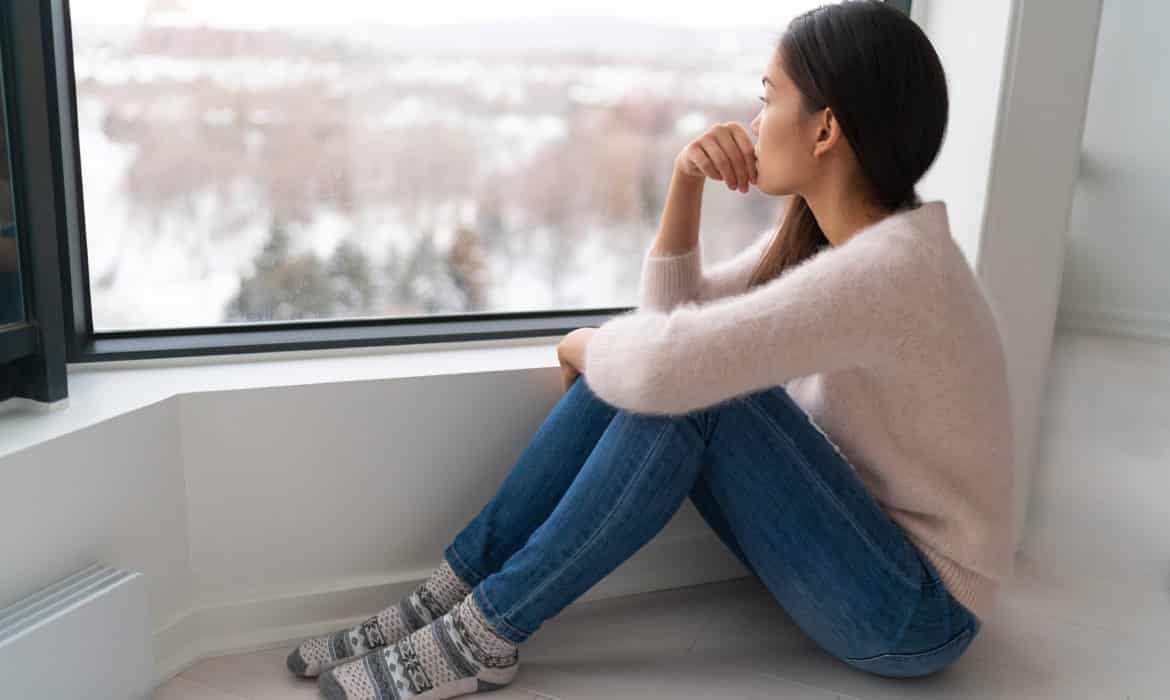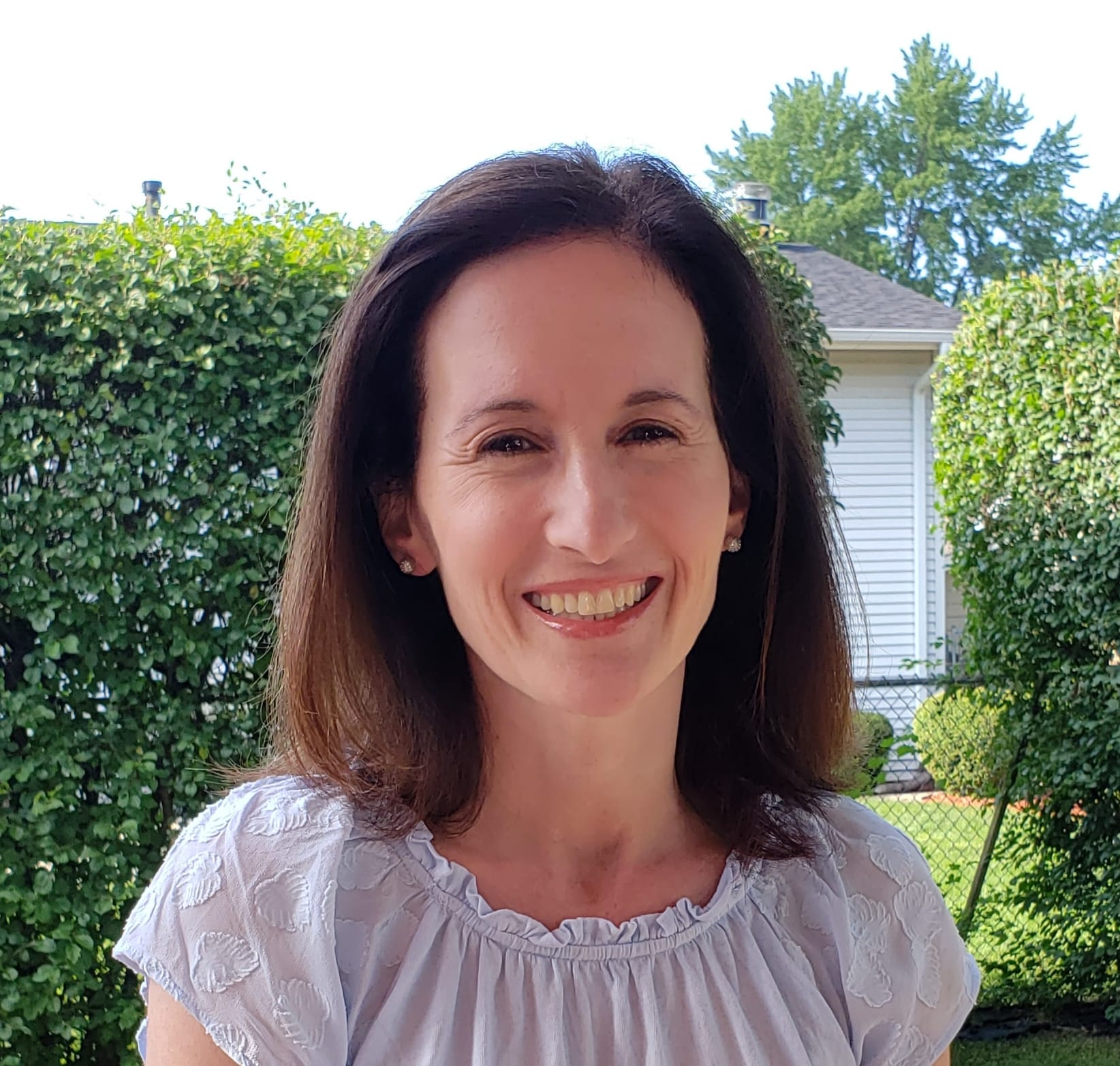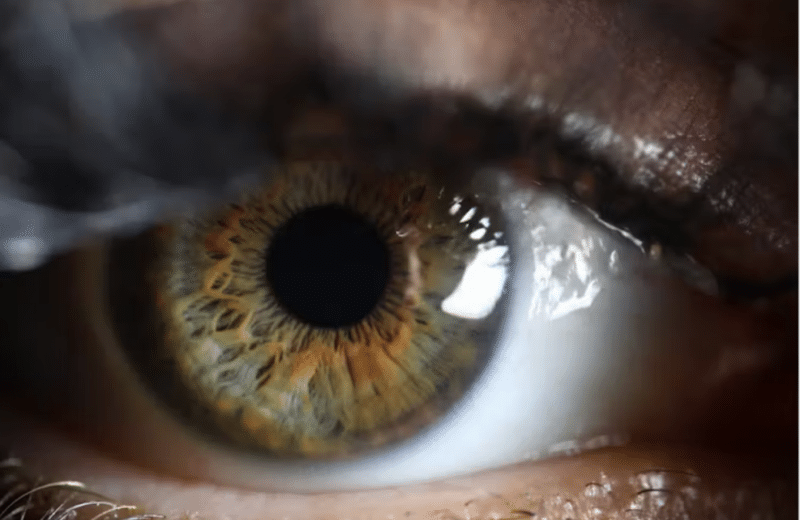Is it winter blues or seasonal affective disorder (SAD)?
The days are short, the nights are long, and the cloudy skies seem like they will never go away. Yes, Chicago’s gray winter can actually make you feel blue.
Sunlight regulates our appetite, mood, and sleep. During the long winter months, the absence of sunlight can disrupt our circadian rhythm — the internal body clock that controls sleep/wake cycles.
A lack of sunlight can decrease serotonin (a neurotransmitter that regulates mood) and melatonin (a hormone that controls mood and sleep) levels, leading to fatigue and possibly depression, says Niki Wood, PsyD, clinical psychologist with BZA Behavioral Health in Schaumburg.
If you notice a dip in mood during wintertime, it could be winter blues, a temporary mild sadness that may make it difficult to sleep, wake up in the morning, or feel motivated to get through your to-do list, Wood says.
However, if you experience the blues every year around the same time, it might be seasonal affective disorder (SAD), a seasonal pattern of depression that usually begins in fall and ends in spring, causing people to feel tired, sad, moody, and generally down. Unlike winter blues, SAD’s symptoms are more intense, last longer, and can interfere with everyday functioning.
Stave off SAD
People with SAD feel down most of the day, most days of the week. They may lose interest in activities they ordinarily like to do and have low energy, says Sara Rose Danesi, PsyD, a licensed clinical psychologist with AMITA Health Behavioral Medicine Institute in Elk Grove Village. They might crave carbohydrates and overeat, which can lead to weight gain. Additionally, they may experience hopeless thoughts, feelings of worthlessness, and, in severe cases, thoughts of suicide or not wanting to live. They may have all of those symptoms, or just a few.
“We know about 4% to 6% of the adult population in America has SAD, whereas 10% to 20% probably has mild winter blues at times,” Danesi says. While some people are naturally more sensitive to changes in light and circadian rhythm than others, Chicago’s tough winters don’t help.
“The rhythm of life is different in winter,” says Andy Wade, executive director of National Alliance on Mental Illness of Illinois. “We spend more time indoors, more time alone, and we’re less physically active.” With the combination of winter and the Covid-19 pandemic, he has seen a rise in all mental health conditions, including SAD.
“Be attentive to the feelings that you are feeling,” Wade explains. “You shouldn’t feel bad because you feel bad. But that doesn’t mean not challenging feelings of chronic negativity.”
“Be attentive to the feelings that you are feeling. You shouldn’t feel bad because you feel bad.”
Do something to lift yourself up out of a bad groove, like bundling up and taking a short walk, being of service to others, or finding something to be grateful for and focusing on that.
Plan ahead for the dark cold months, Wood says, and stave off winter blues and SAD by spending time in nature, socializing with friends and family, volunteering, and focusing on what you have to be grateful about, perhaps writing it down in a gratitude journal.
Wood also advises staying away from social media, alcohol, tobacco, and drugs — all habits that can negatively impact your mood. “If you’re not feeling quite right, make sure you’re eating well, exercising, and not putting anything into your body that could impact that,” Wood says.
Light therapy can also be helpful, Danesi says. Sit under a 10,000-lux light box for about 20 minutes a day. But consult a doctor if you have bipolar disorder, as too much light can trigger elevated mood states.
Tips for stopping SAD
Danesi offers these tips for conquering winter blues and SAD:
- Exercise regularly. Get 30 minutes of moderate intensity aerobic exercise five days per week, or 20 minutes of vigorous activity three days per week.
- Get regular sleep. Go to bed and wake up at the same time each day. Sleep about eight hours each night.
- Seek sunshine. Spend some time outside in the morning, if possible. If you can’t get outside, stand near a window for a few minutes each day.
- Bring the outdoors inside. Houseplants act as natural air purifiers. Studies show plants can help reduce anxiety and depression.
- Try meditation. Meditation can reduce symptoms by helping people focus on the moment instead of dwelling on unhelpful thoughts.
It’s also important to see your doctor to make sure you don’t have a health condition that is causing you to feel fatigued and depressed. Your primary care physician can refer you to a therapist, too.
While many types of therapy can be effective for SAD, two common types include cognitive behavioral therapy and acceptance and commitment therapy, Danesi says. Cognitive behavioral therapy can help a person change their negative thoughts and patterns of behavior to more positive ones. Acceptance and commitment therapy can increase a person’s motivation to make lifestyle changes by helping them to accept their thoughts and feelings.
People with severe SAD symptoms may want to ask their doctor about the benefits of an antidepressant medication, Danesi says. They might only need medication seasonally, from fall to early spring.
Though winter blues or SAD might feel like a swirling snowstorm, the conditions don’t have to cause destruction. You can manage the symptoms, and, before you know it, spring will be here. The sun will shine again.













